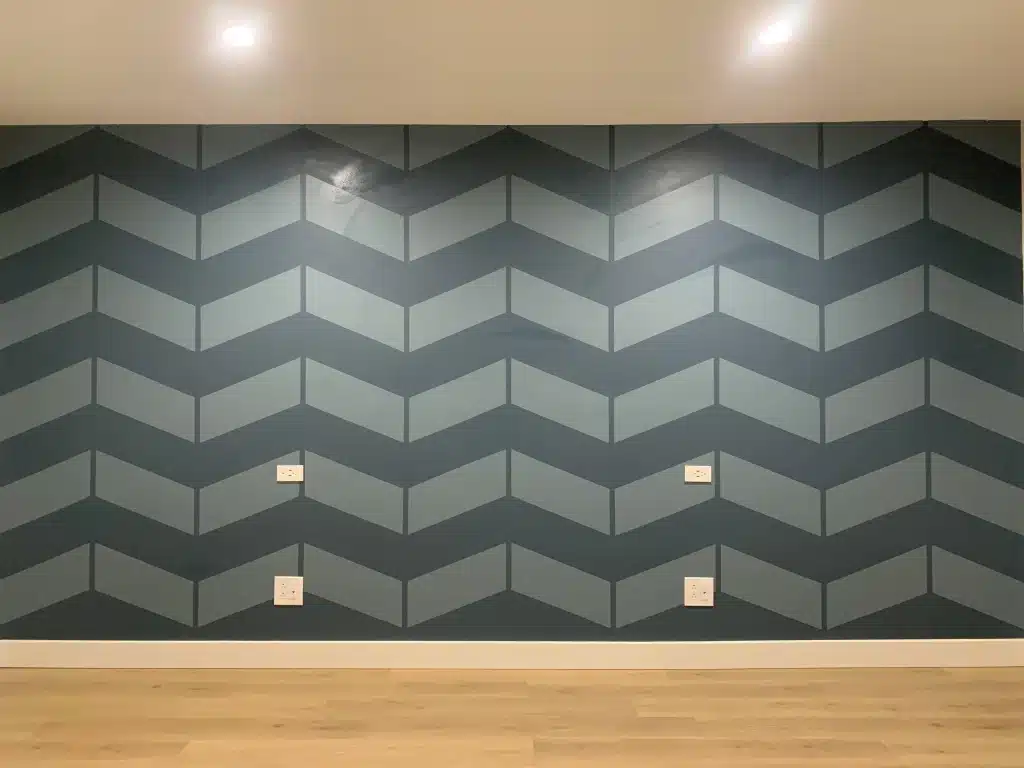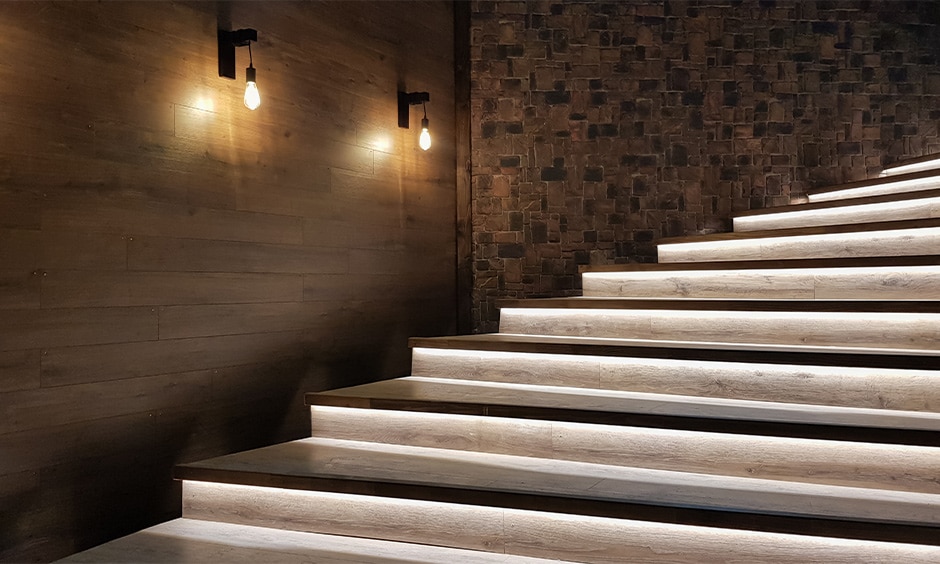Is It Difficult to Install Herringbone Tile?
Herringbone tiles have been used widely in interiors since the age of the Roman Empire.
One of the most important qualities of herringbone flooring is that it is durable and easy to maintain.
It also gives a neat appearance to the home and is quite strong and sturdy.
All these things make it one of the most sought-after floor designs ever.
However, some say that installing herringbone tiles can undoubtedly be tricky. Some patterns may especially require a bit of extra effort.
Using herringbone tiles may require the right kind of guidance and a little back study. With the help of this, you may achieve a great result.
This blog will deal with different herringbone tile patterns, a few tips to enhance your experience, and a guide to utilizing these tiles in your home.
Different Herringbone Flooring Patterns
Installing flooring is an important consideration in choosing a floor type for your home.
Here are some herringbone flooring patterns that you can involve in your next interior adventure:
1. Single Herringbone Pattern

A single herringbone pattern, as the name suggests, is a pattern that has a uniform design throughout the floor.
It can be relatively cheaper than other designs and adds a touch of sophistication to the interior.
2. Double Herringbone

A double herringbone pattern refers to a pattern created by two tiles intersecting each other.
In this kind of tiling, two different herringbone tiles are placed together.
It tends to give a spacious feel to the interior and, hence, is quite popular among interior designers.
3. Diagonal Pattern

In this tiling pattern, herringbone tiles are laid at an angle of 45 degrees to each other.
It may involve careful tile placement and need extra time and effort, but it gives your space a unique and elegant look.
4. Other Patterns

Other than these usual famous designs, herringbone tiles can be laid in several different patterns.
Out of these, the most common ones are ombre patterns, which involve different colors ranging from dark to light to give a bold look to the space.
Some Tips to Work with Herringbone Tiles
Herringbone tiles are a classic trend in flooring. These are timeless, durable, and low maintenance.
However, you need to take care of a few things while working with herringbone tiles. Here are some tips to work around with these tiles:
1. Placement of The Tiles
The most important thing to keep in mind while using herringbone tiles is to ensure that the tiles are placed at the correct angles.
The floor may appear messy if the tiles are not placed at the correct angles.
2. Choosing the Size of The Tiles
The size of the tile is a critical factor contributing to its appearance. Ideally, the height of the tile should be divisible by its width.
It would be best if you took care of the room size while choosing the size of the tiles. A large-sized tile in a smaller room can make it look cramped.
3. Use the Correct Saw
It is very important to have clean cuts for the tiles to make the pattern.
Hence, investing in a good-quality saw should be your top priority. Also, ensure the saw has no loose bolts and is sturdy enough to handle the work.
4. Use of Spacers
To achieve a consistent look throughout, it is necessary to use spacers. In working with herringbone tiles, spacing is quite crucial.
Consider using a good quality spacer to make your work uniform and to achieve the desired aesthetic.
Using Herringbone Tiles in Your Home
Now that you have a general idea about the herringbone tiles, you must understand how to incorporate them into your home.
Here are some steps for using these beautiful tiles in your home:
1. Planning the Process

Since herringbone tiling is all about the meticulous placing of the lies, it is necessary to make a framework of the plan beforehand.
First of all, you need to identify the point of the beginning of the project. It is advised to start from the center and then go about the corners.
2. Marking the Tiles That Need Cuts

Not all the tiles will need cuttings. You need to ensure that you are correctly using the tiles.
You may need to cut the tiles at the corners or any bends in the room. Marking the tiles will help you save time and reduce leftover tiles.
3. Applying Adhesives

To start the work, you need to spread the adhesive almost equal to the area that the size of the tile covers.
Don’t be hasty while using the adhesives. Use them carefully.
4. Laying the Tiles

Start laying the tiles by pressing them on the adhesives one by one. Press them firmly. You can also use a level to ensure their alignment.
Start working with smaller sections and go on covering the entire area. Begin from the center and move outwards.
Following these steps carefully in the abovementioned manner will help you create the herringbone pattern of your dreams.
If you want to learn about tiling specific areas of your home, our previous blog on herringbone tiles on the bathroom floor offers a comprehensive look into this subject.
Conclusion
Using herringbone tiles in your interior can be a great way to add a bit of elegance to your interior.
Using these tiles in your home has several advantages, such as their durability, ability to offer various custom options, and classic charm.
People often believe that laying herringbone tiles is a tedious process and requires a lot of effort. However, this is only partially true.
Herringbone tiling may require careful consideration and involve some minor elements to ensure their uniformity. It is not at all true that they are overwhelmingly tedious.
These tiles can be easily installed with a few considerations kept in mind.
So, if you are looking to use these tiles in your home, you can utilize them fearlessly.
We would love to hear from you. Comment and share your views with us!







